Disclosure: Links with a * are affiliate links.
I’m returning to my natural and sustainable hosiery series today with this penultimate installment, all about cashmere hosiery. As I mentioned in my previous article on wool hosiery, cashmere is in fact wool, but a particularly luxurious variety and not from a sheep. That’s why I’m separating it out, and why it’s typically labelled separately to standard wool on tags and packaging.
So what makes cashmere so special? Not only does it have to come from the Cashmere goat, but to be considered cashmere the fibers have to meet three strict criteria: come from the fine undercoat of the animal only, have an average diameter of 19 microns or less, and in a yarn not contain more than 3% of fibers over 30 microns. Top quality cashmere is almost as fine as silk, and that’s what makes it so utterly soft. And also so expensive!
The most important thing to do when shopping for cashmere hosiery is to check the exact fiber content. For one thing, I have come across multiple tights with “cashmere” in the product name that didn’t even contain it. They were just very misleading references to how soft those products (supposedly) feel. But also, it’s not at all uncommon to come across ‘cashmere’ tights that do include it, but very little.
I’ve included a range of options below, listed in order of decreasing cashmere content, to show you what’s available at every price point. Hosiery with just a small dash of cashmere can be highly affordable, but how much of a difference that amount makes to the actual feel of the hosiery, I don’t know. Naturally, the higher the cashmere content the more you’re going to feel its benefits (which include softness, breathability, insulation, and moisture-wicking properties), but a high cashmere content always comes with a high price tag.
If you’re concerned about sustainability, you’ll also want to look at what else this biodegradable fiber is blended with. Cheaper cashmere-containing hosiery often mixes it with synthetic or semi-synthetic fibers such as nylon and viscose, while the luxury products are more likely to incorporate other natural fibers such as silk or cotton.
Oh, and because cashmere hosiery is not especially common, I couldn’t find a single pair of cashmere stockings. But there is one pair of hold-ups below, albeit only with 7% cashmere.
Have you ever tried cashmere hosiery, or have you been put off by the price tag? And if you did invest, then as someone who’s never worn cashmere tights I’m curious to know, was it worth it?
More in this hosiery fibre series:
Silk Hosiery: 14 Silk Stockings, Tights & Hold Ups
Cotton Hosiery: 20 Cotton Tights, Stockings & Hold Ups
Bamboo Hosiery: 11 Pairs of Bamboo Tights
Wool Hosiery: 21 Wool Tights, Stockings & Hold Ups
Eco Hosiery: 16 Recycled & Biodegradable Tights

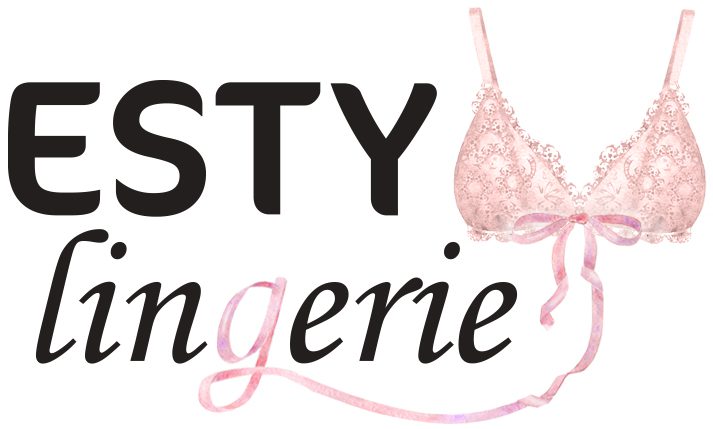
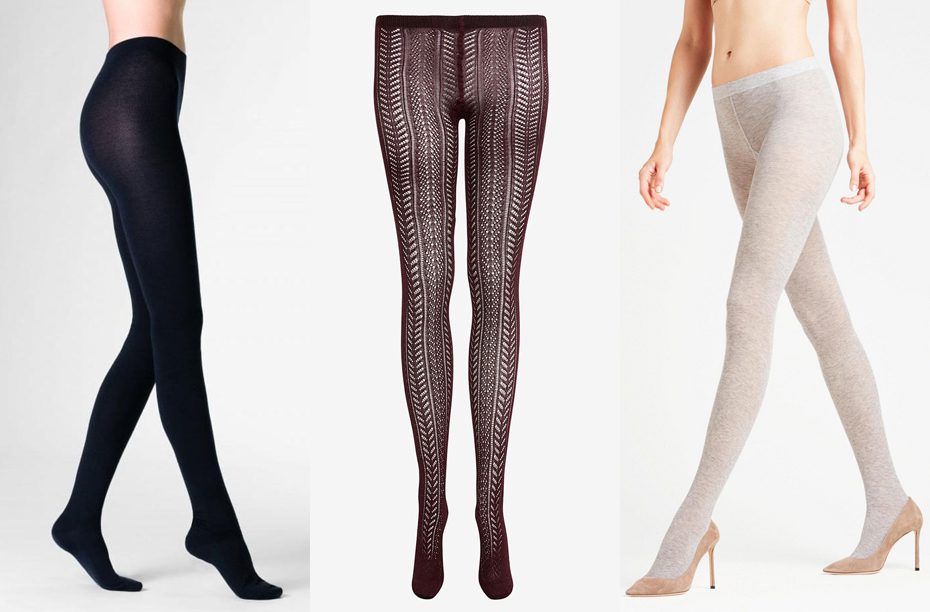
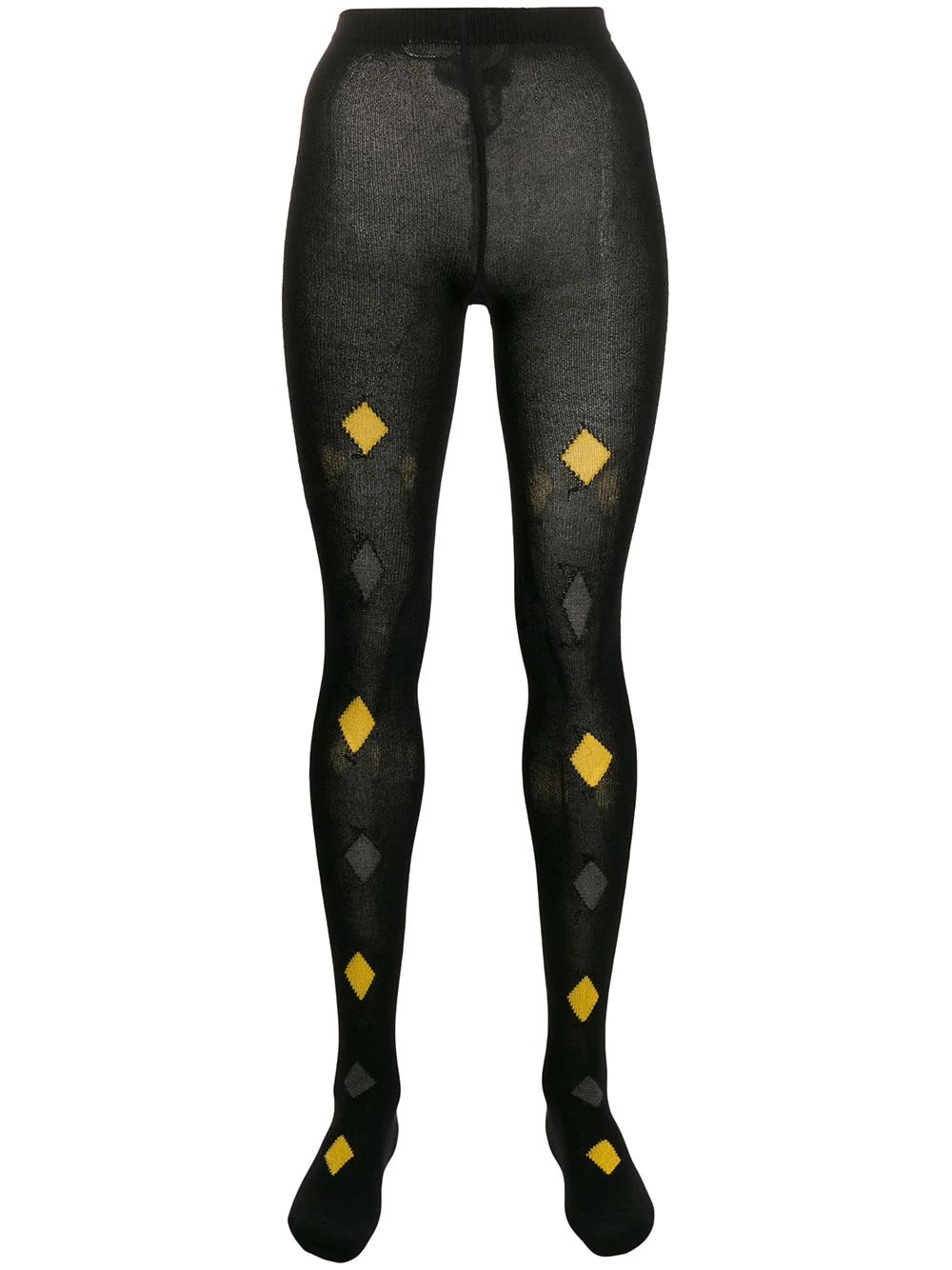
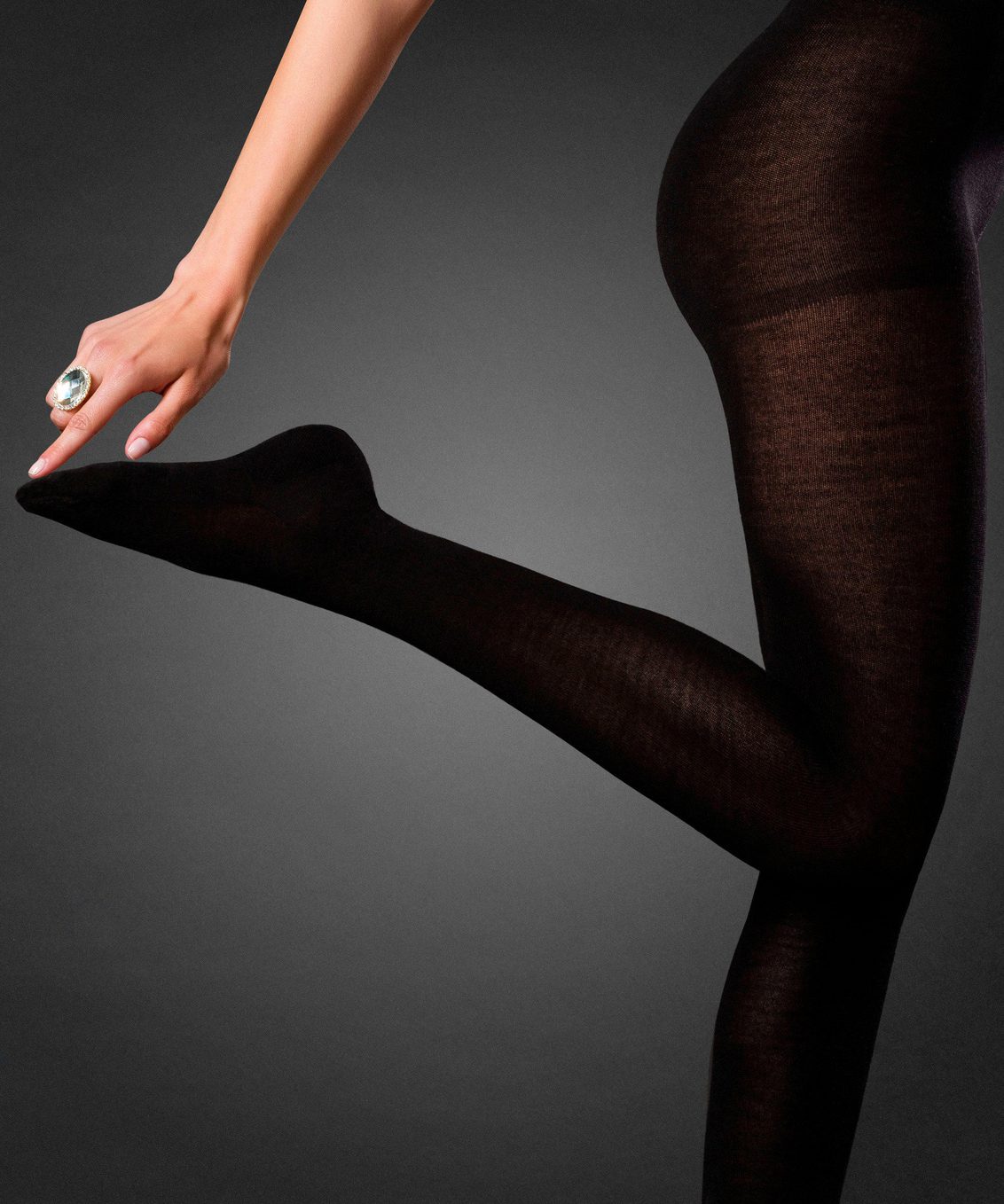
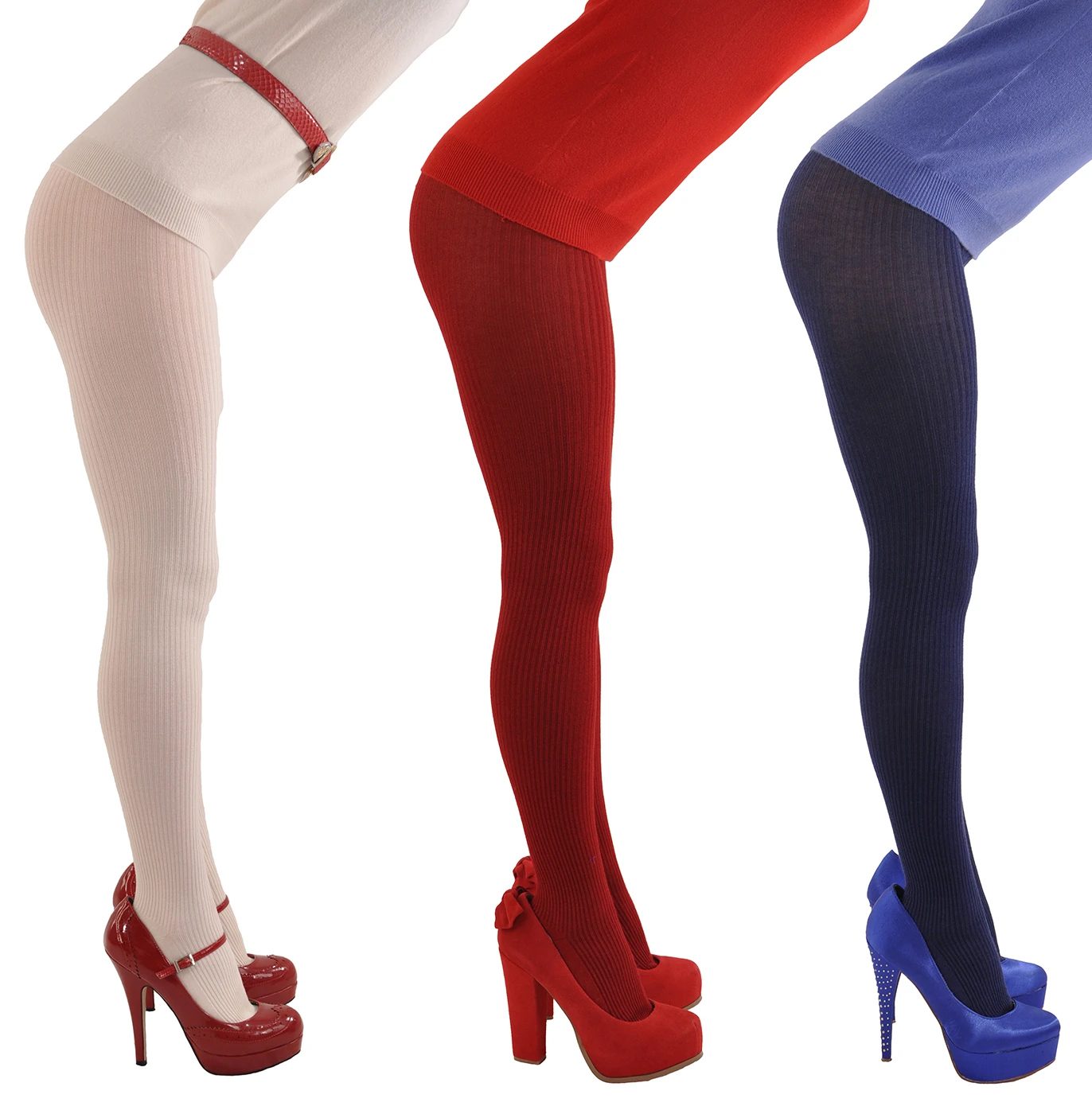
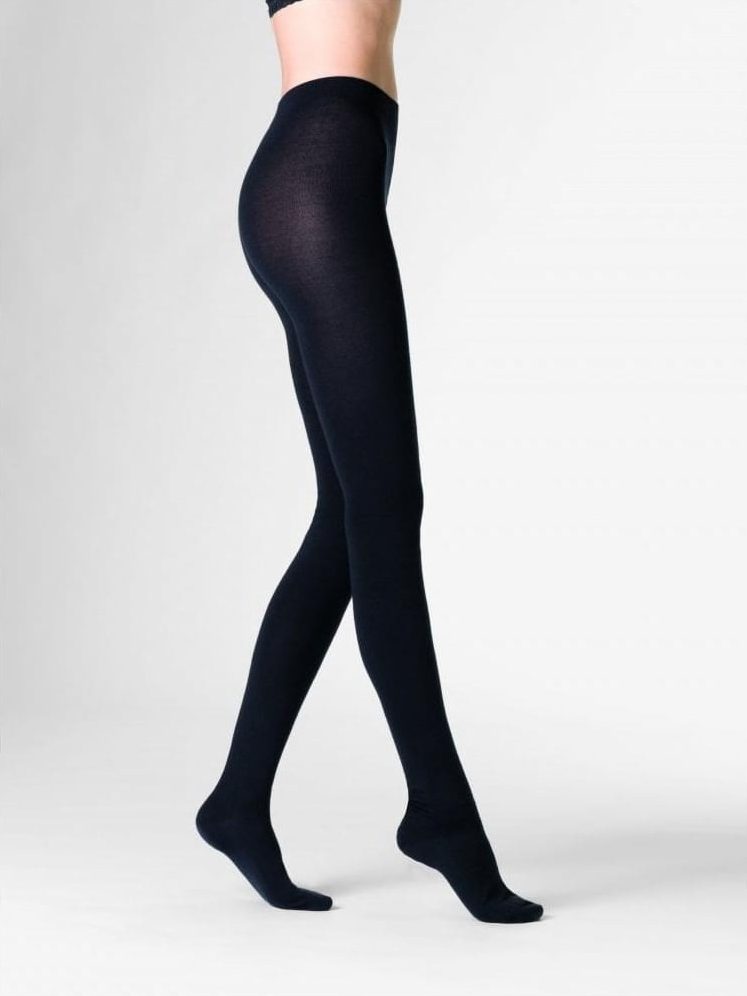
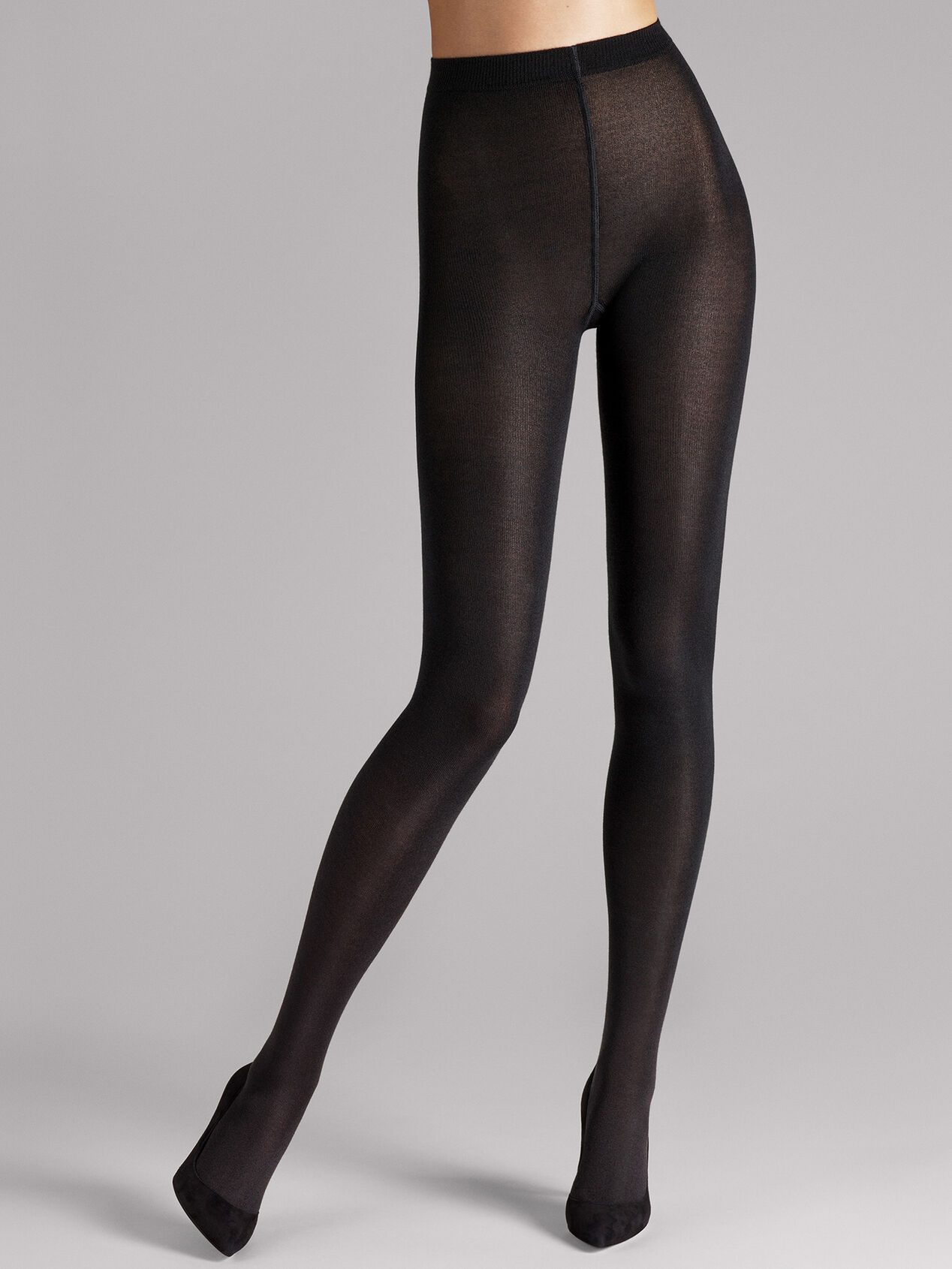
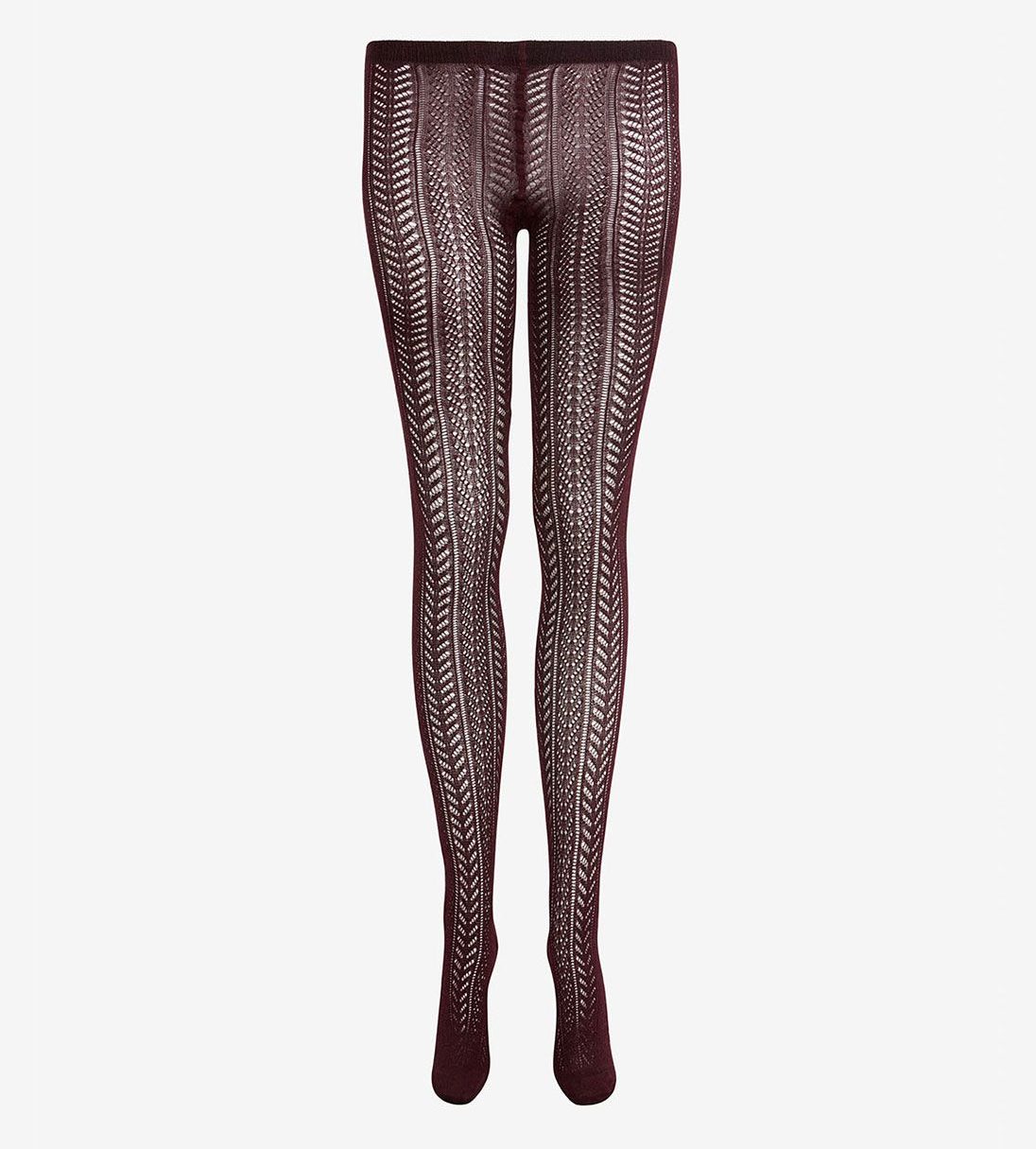
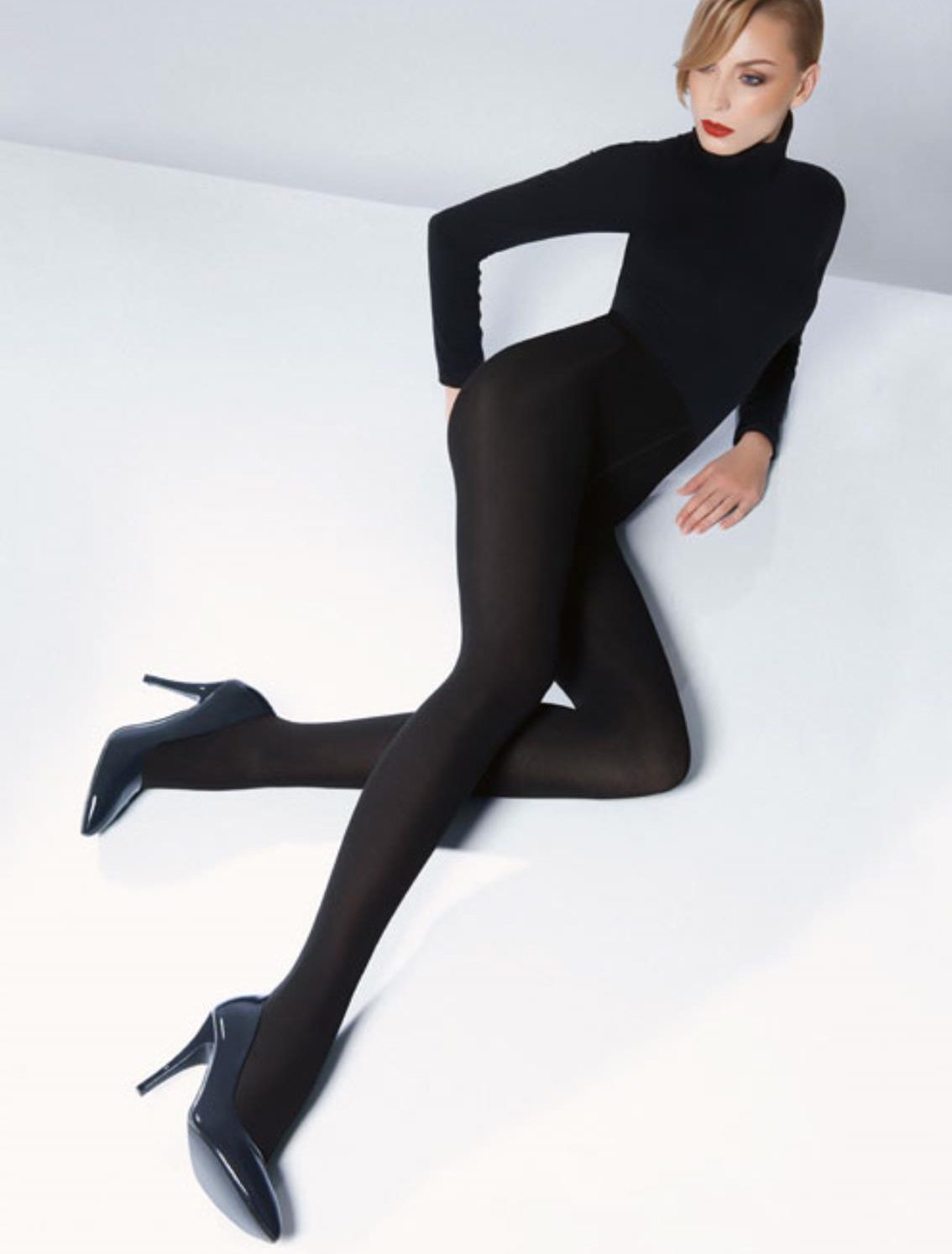
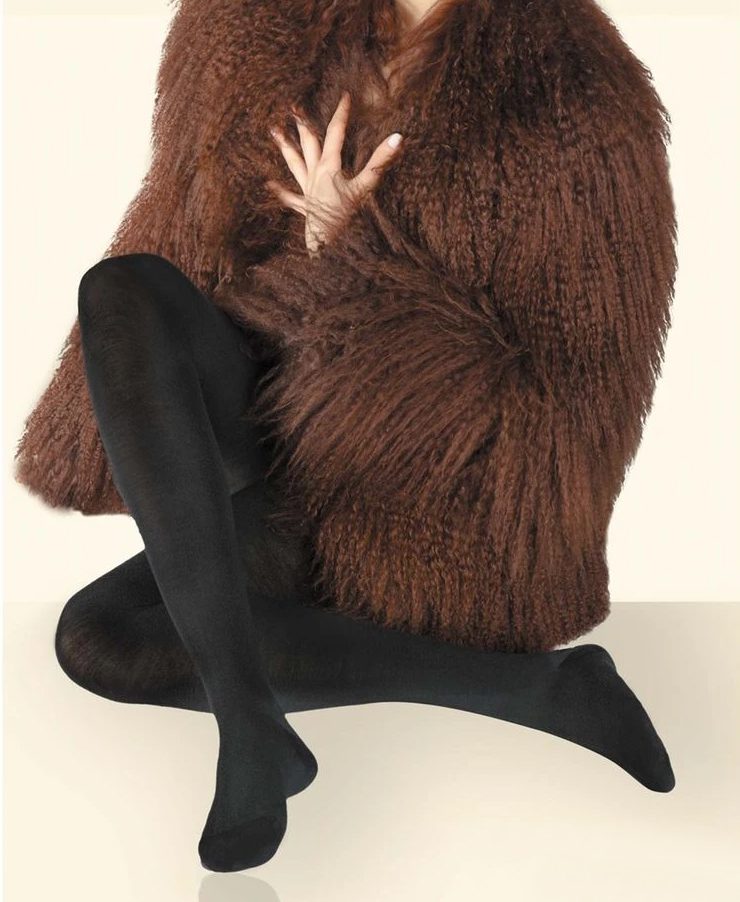
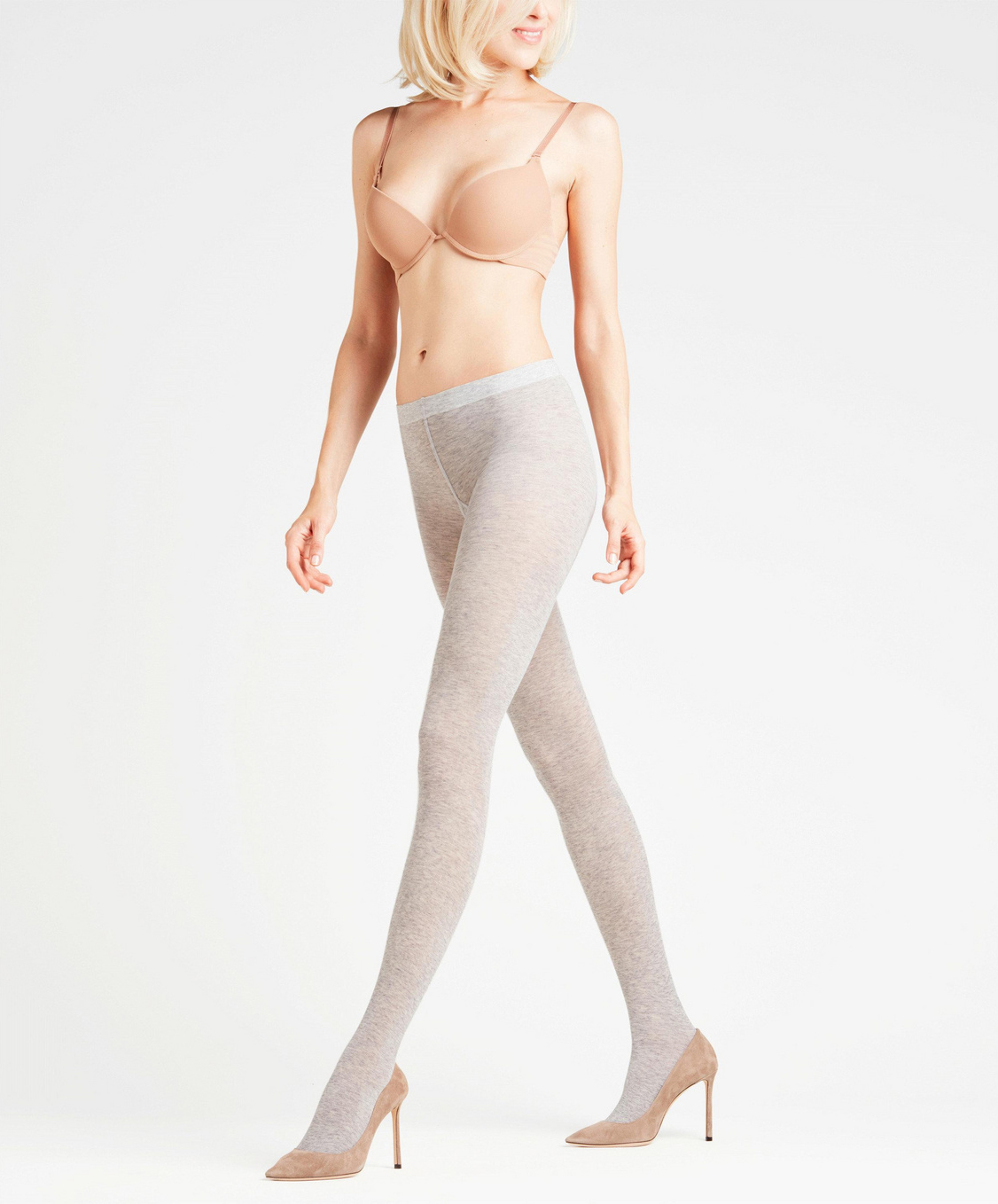
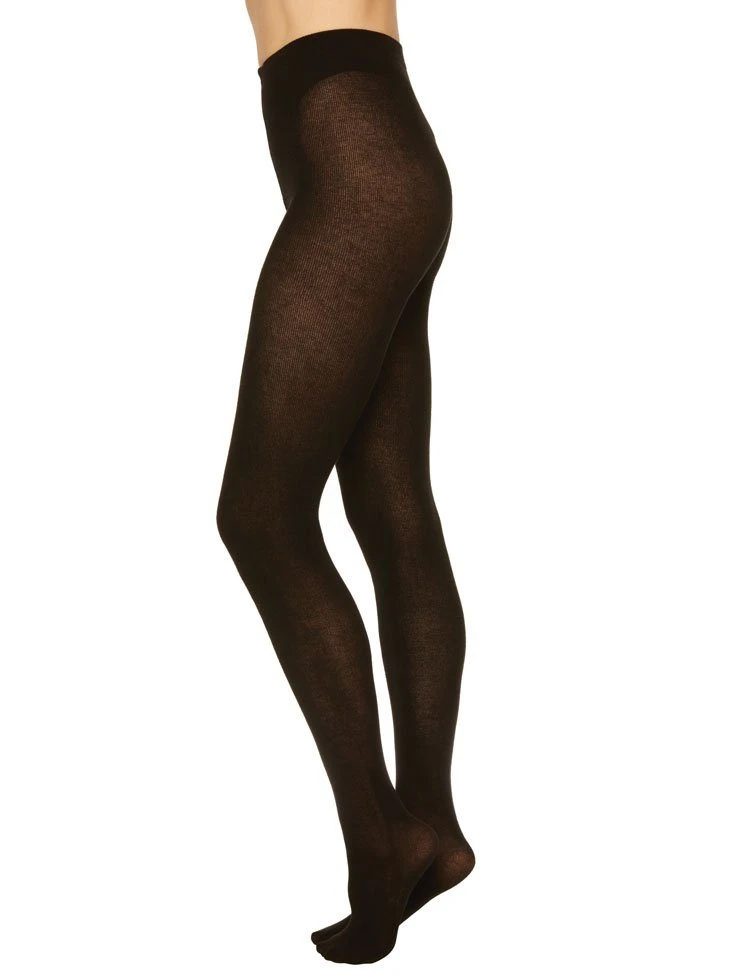
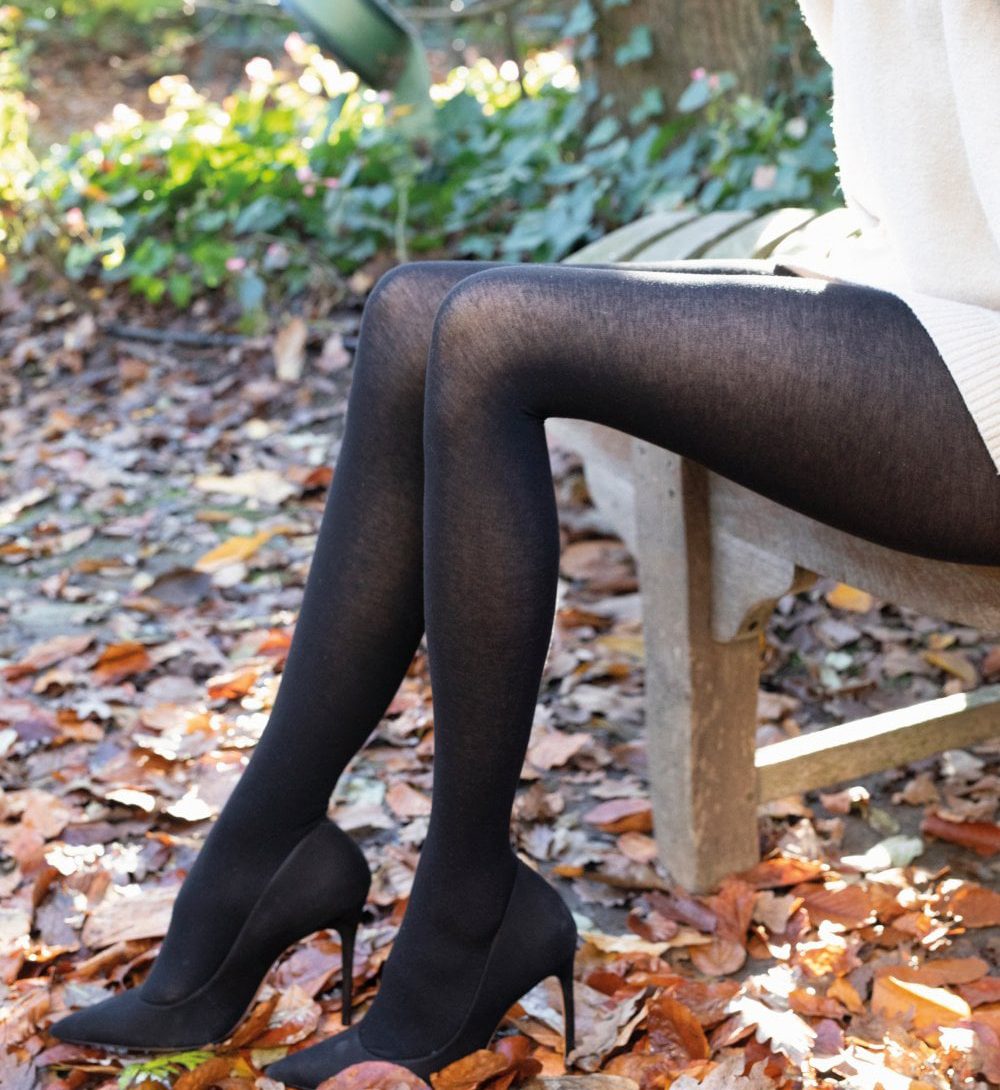
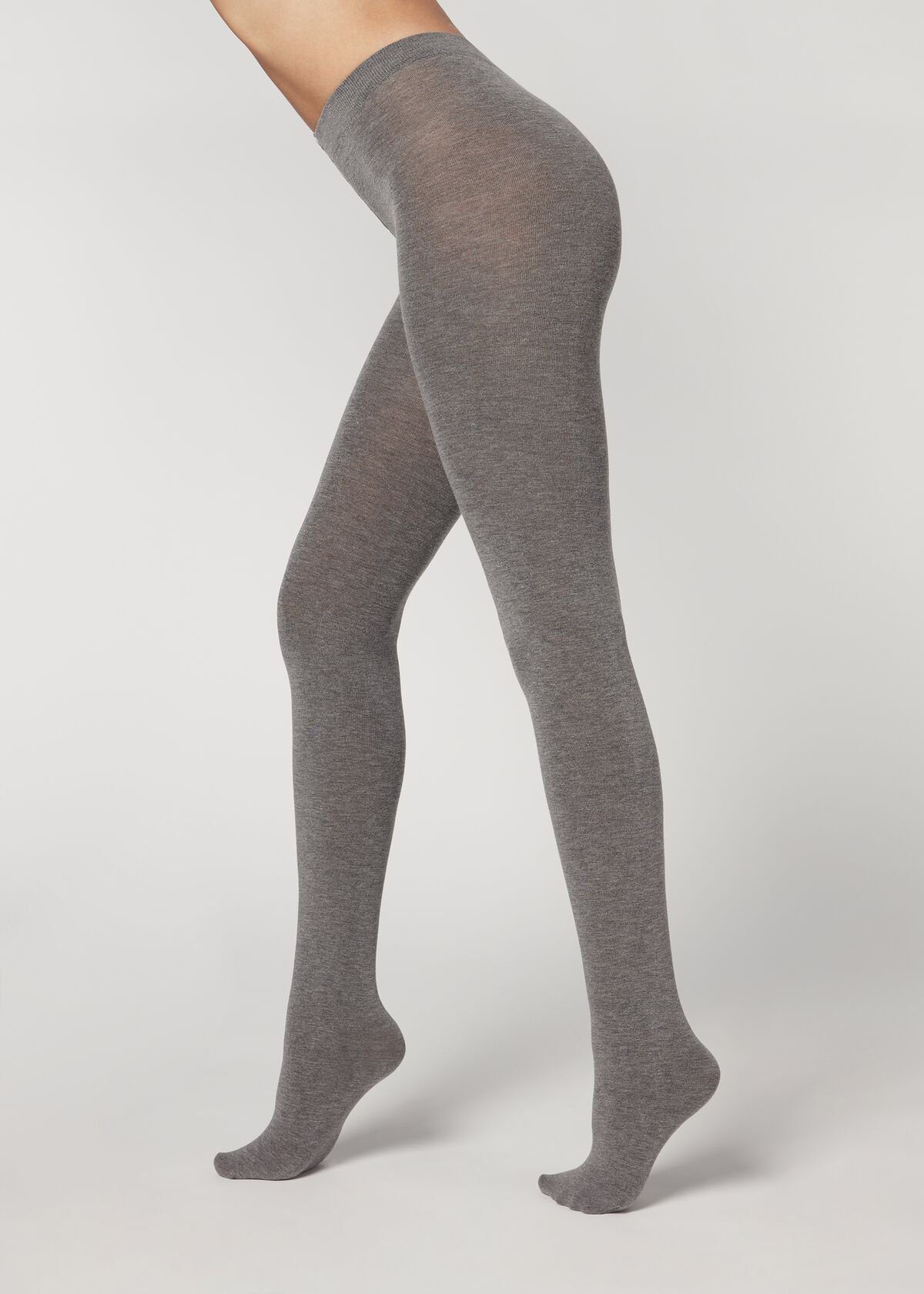
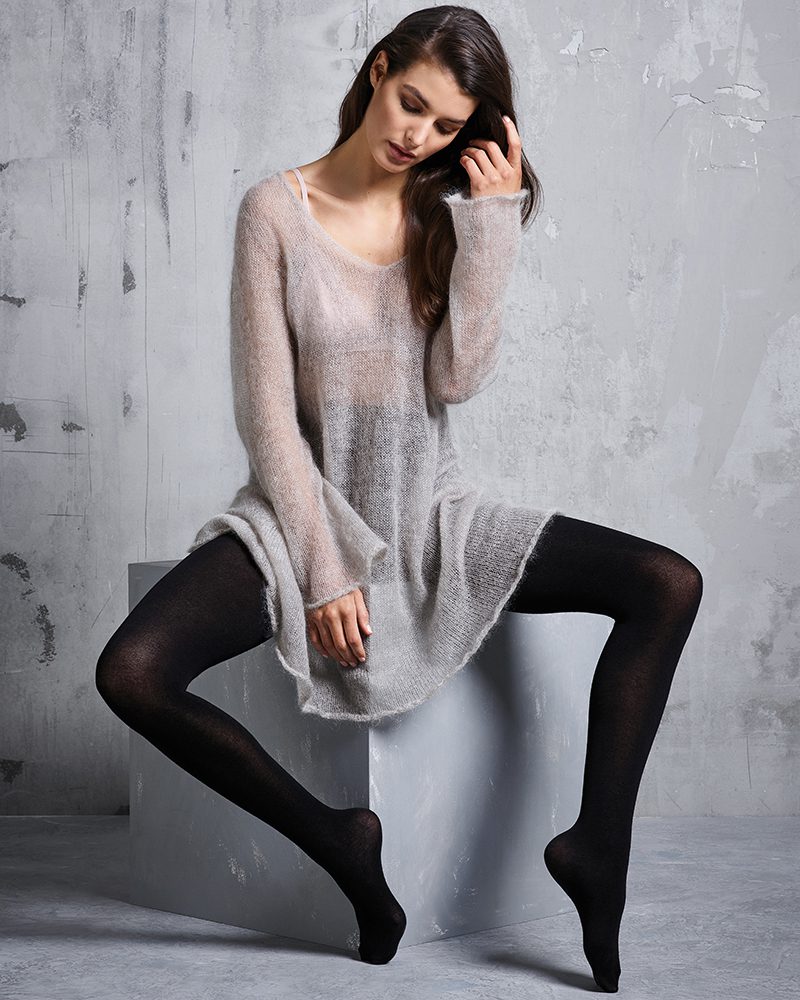

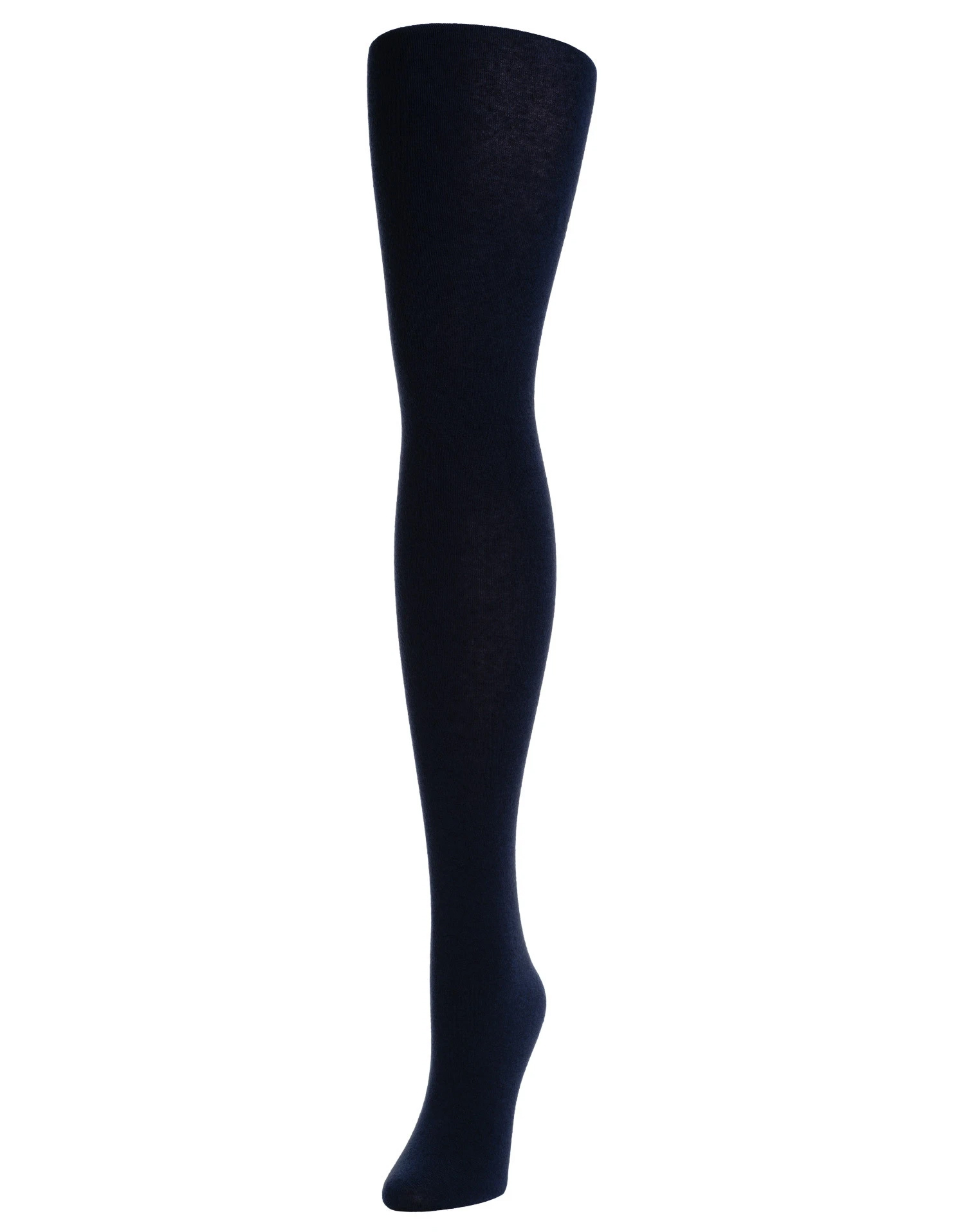
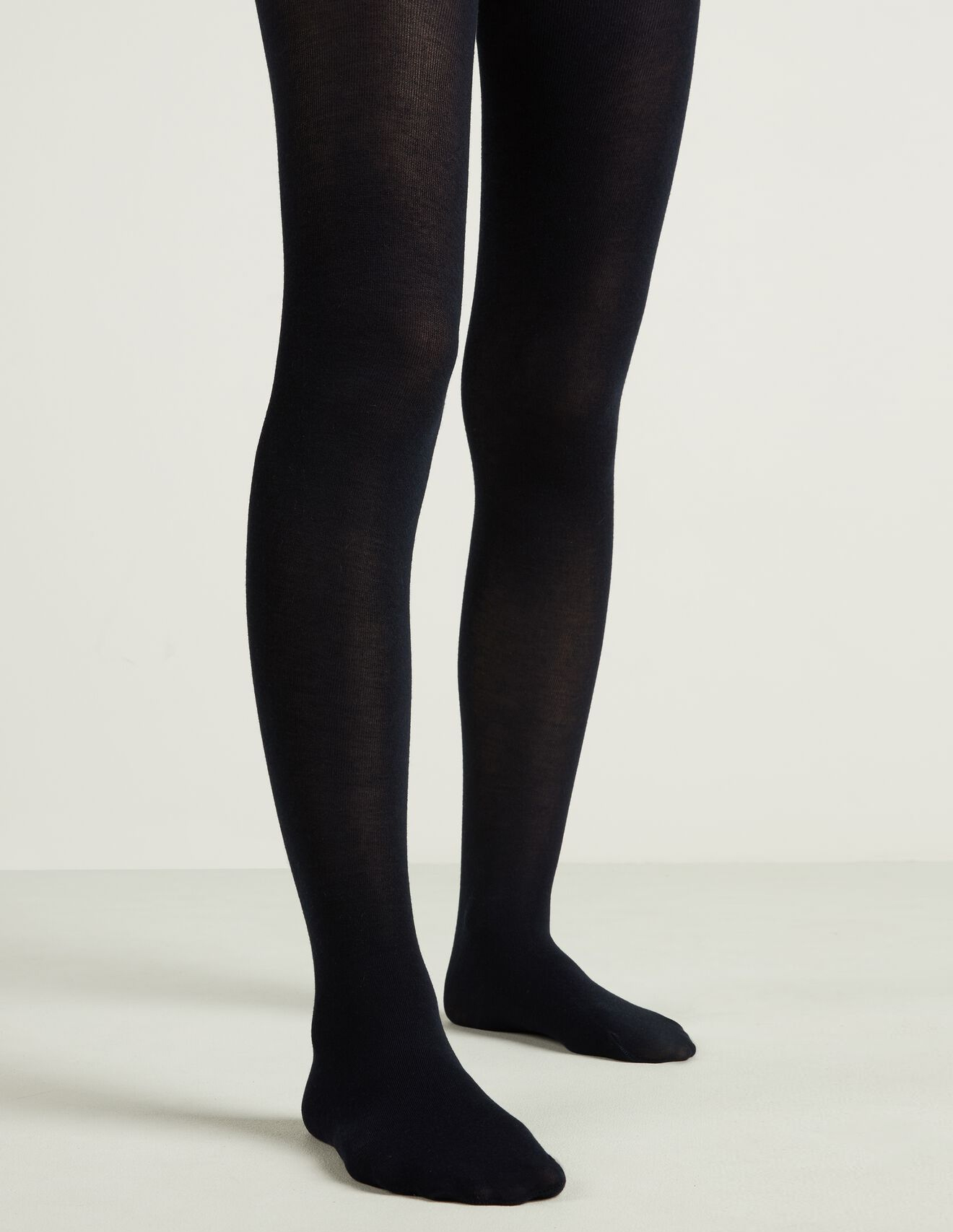
1 comment
[…] Cashmere Hosiery: 16 Cashmere Tights & Hold Ups […]